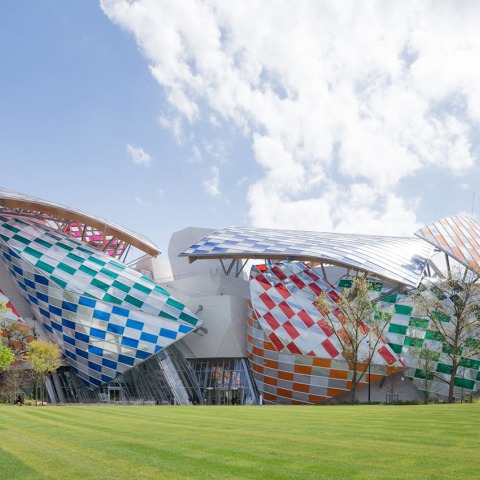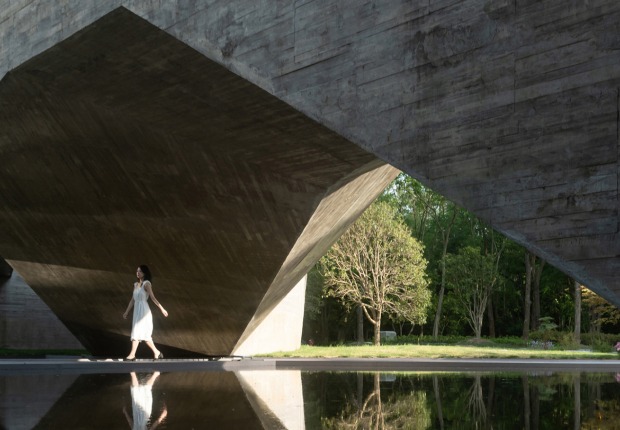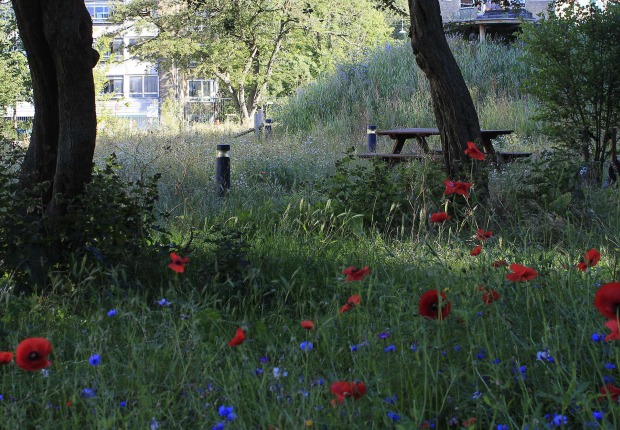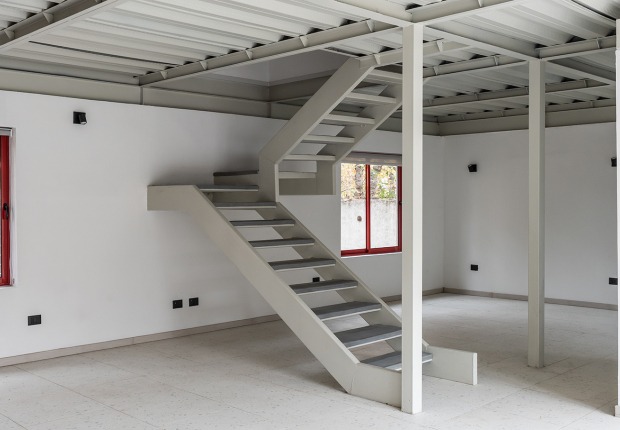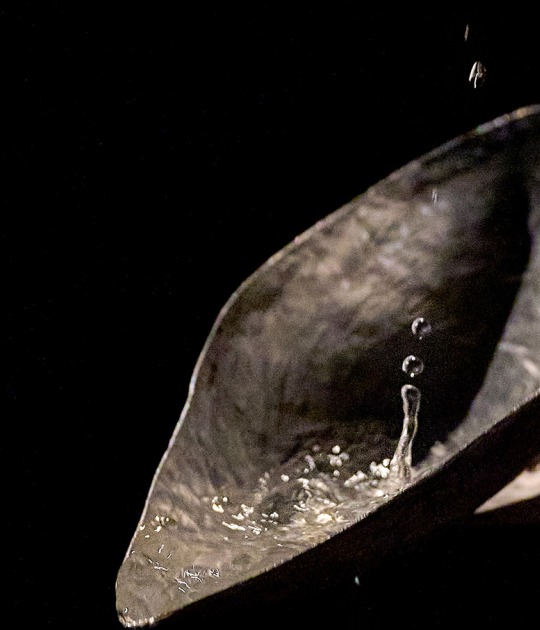Frank Owen Gehry, was born in 1929 in Toronto (Canada), but adopted American nationality after moving to Los Angeles in 1947 with his parents. He graduated in Architecture in 1954 from the University of Baja California and began working in the studio of Victor Gruen. After completing his military service, he studied Urban Planning at Harvard and returned to Gruen’s office. He moved to Paris in 1961 with his wife and two daughters, where he worked for a year with André Rémondet. In 1962, he opened his own studio –Frank O. Gehry and Associates– in Los Angeles, from which he has worked on projects in America, Europe and Asia for five decades now.
He rose to prominence in the 70s for his buildings with sculptural forms that combine unusual industrial materials such as titanium and glass. During this same period, he began to develop a role as a designer of furniture with his Easy Edges collection, conceived as a low-cost range comprising fourteen pieces made out of cardboard, subsequently followed by the more artistic range, Experimental Edges. Since the late 80s, the name of Frank Gehry has been associated with the deconstructionist movement, characterized by fragmentation and the rupture of a linear design process, resulting in buildings with a striking visual appearance. The Guggenheim Museum in Bilbao (1997) and the Nationale-Nederlanden building in Prague (1996), known as the Dancing House, may be considered among the most prominent examples of this formal language. Likewise noteworthy among his works are the Aerospace Museum of California (1984), the Vitra Design Museum in Weil am Rhein, Germany (1989), the Frederick Weisman Art Museum in Minneapolis (1993), the DZ Bank building in Berlin (1998), the Gehry Tower in Hannover (2001), the Massachusetts Institute of Technology Stata Center in Cambridge (2003), the Walt Disney Concert Hall (2003) and the Maggie's Centre in Dundee, Scotland (2003). Gehry has also worked on a museum of contemporary art in Paris for the Louis Vuitton Foundation, the design of his first playground in New York, at the southern tip of the island of Manhattan known as The Battery, and the remodelling and recovery of Mayer Park in Lisbon, which included the restoration of the Capitolio Theatre. In Spain, 2006 saw the opening of the Herederos del Marqués de Riscal winery in Elciego (Álava), and he has also designed the Sagrera Tower in Barcelona.
His work has been the subject of numerous case studies and, in 2006, the film director Sydney Pollack released the documentary Sketches of Frank Gehry, presented at Cannes. In that same year, he presented his project for the new Guggenheim Museum in Abu Dhabi. In 2008, he designed the Serpentine Gallery Pavilion in Hyde Park, London. The first residential building in Asia designed by Gehry, the Opus Hong Kong tower, was opened in 2012. He is currently working on the design of the Eisenhower Memorial to be built in Washington; on the West Campus that Facebook is to build in Menlo Park, California and on the project of a residential tower in Berlin, which will become the tallest skyscraper in the city.
His designs have received over one hundred awards around the world. Noteworthy among the distinctions he has received are more than a dozen honorary degrees, the Arnold W. Brunner Memorial Prize (USA, 1977), the Pritzker Prize (1989), the Wolf Prize in Arts (Israel, 1992), the Praemium Imperiale (Japan, 1992), the Dorothy and Lillian Gish Prize (1994), the Friedrich Kiesler Prize (Austria, 1998), and the Twenty Five Year Award from the American Institute of Architects (2012). He also holds the National Medal of Arts (USA, 1998), the Lotos Medal of Merit (USA, 1999), the Gold Medal of the American Institute of Architects (1999), and the Royal Gold Medal for the promotion of architecture (2000), awarded by the Queen of England. Gehry has been a member of the Pritzker Prize Jury and of institutions such as the American Academy of Arts and Letters, the American Academy of Arts and Sciences, the US National Design Academy and the Royal Academy of Arts.
